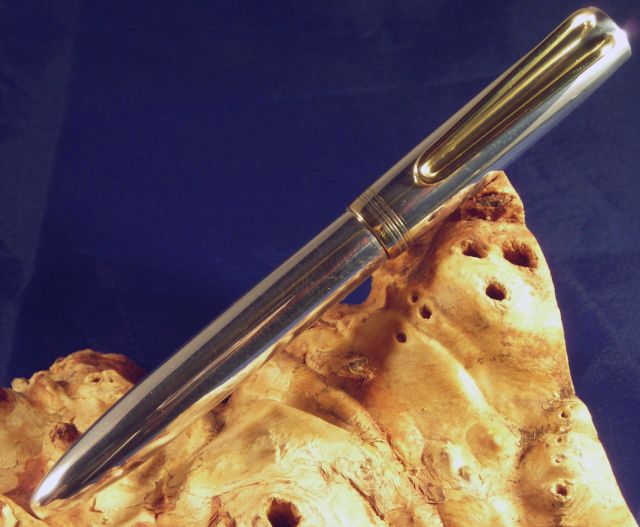jttheclockman
Member
If you had a segmented all metal pen blank how would you drill for the tubes??? I need to use the tubes to help give it strength. What type drill bits would you use other than the obvious sharp ones:biggrin:
I am or have been very reluctant to do this in fear of ripping the segments with a drill bit. I was thinking of doing it in steps. Any suggestions.???
I am or have been very reluctant to do this in fear of ripping the segments with a drill bit. I was thinking of doing it in steps. Any suggestions.???

